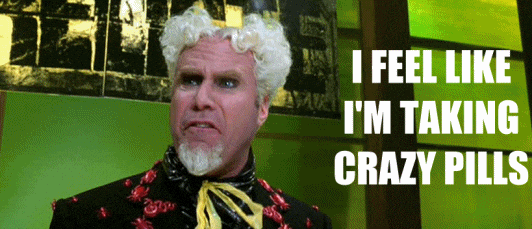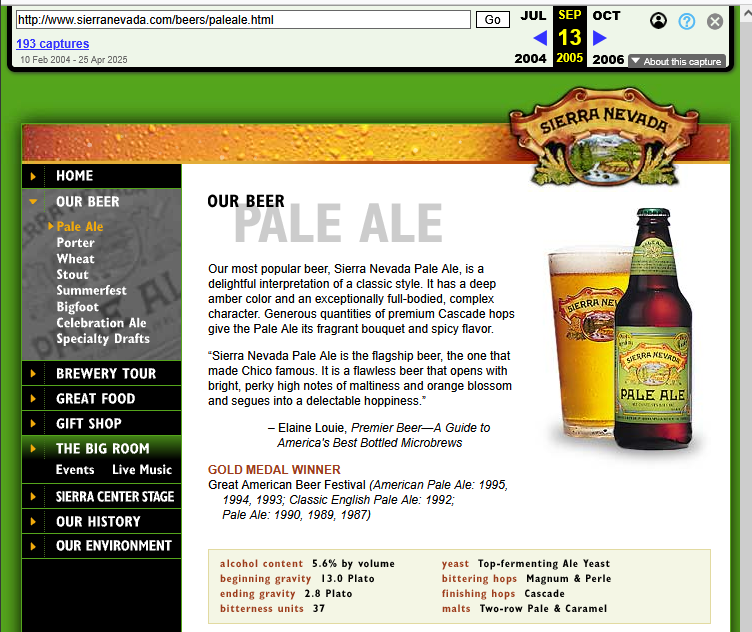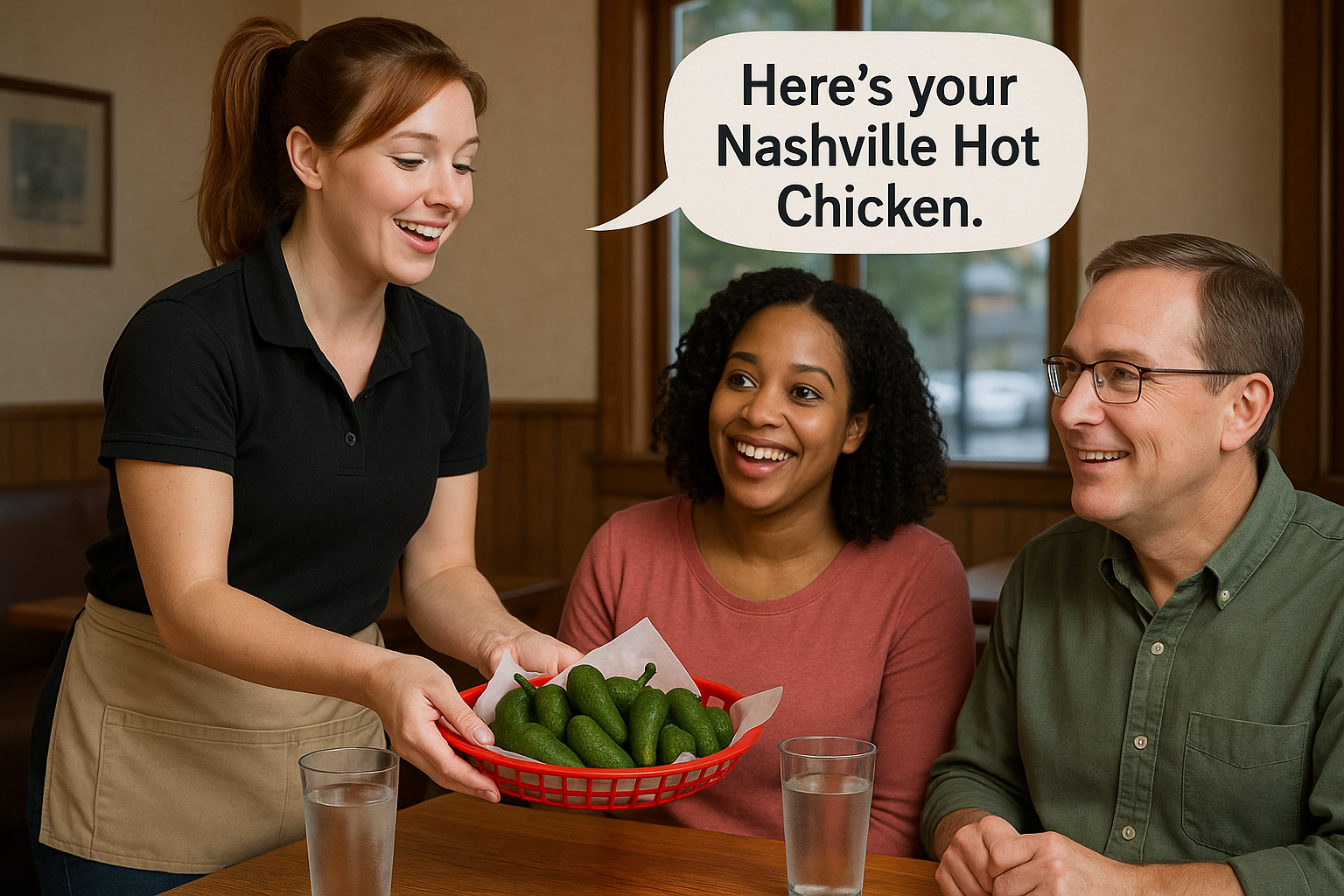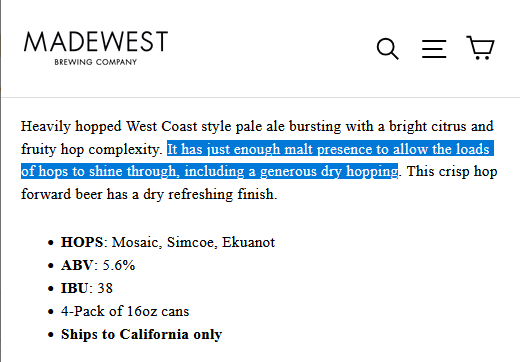Curious if anyone else noticed this.
Firestone Union Jack and Sierra Nevada Pale Ale both took gold medals in the latest World Beer Cup… in English ale categories. Union Jack by name alone sort of makes sense, but it’s crazy that the other beer, that essentially defined the American Pale Ale style, is now probably considered stylistically out of bounds.
Not to start another generational debate about beer styles, but here we go… Is malt that bad? Are hops just hindered by the slightest touch of maltiness these days? They’re so precious that they feel overshadowed by anything darker than Pilsner? The slightest hint of crystal malt and we immediately call the oxidation police?

Firestone Union Jack and Sierra Nevada Pale Ale both took gold medals in the latest World Beer Cup… in English ale categories. Union Jack by name alone sort of makes sense, but it’s crazy that the other beer, that essentially defined the American Pale Ale style, is now probably considered stylistically out of bounds.
Not to start another generational debate about beer styles, but here we go… Is malt that bad? Are hops just hindered by the slightest touch of maltiness these days? They’re so precious that they feel overshadowed by anything darker than Pilsner? The slightest hint of crystal malt and we immediately call the oxidation police?








































![Craft A Brew - Safale S-04 Dry Yeast - Fermentis - English Ale Dry Yeast - For English and American Ales and Hard Apple Ciders - Ingredients for Home Brewing - Beer Making Supplies - [1 Pack]](https://m.media-amazon.com/images/I/41fVGNh6JfL._SL500_.jpg)





















